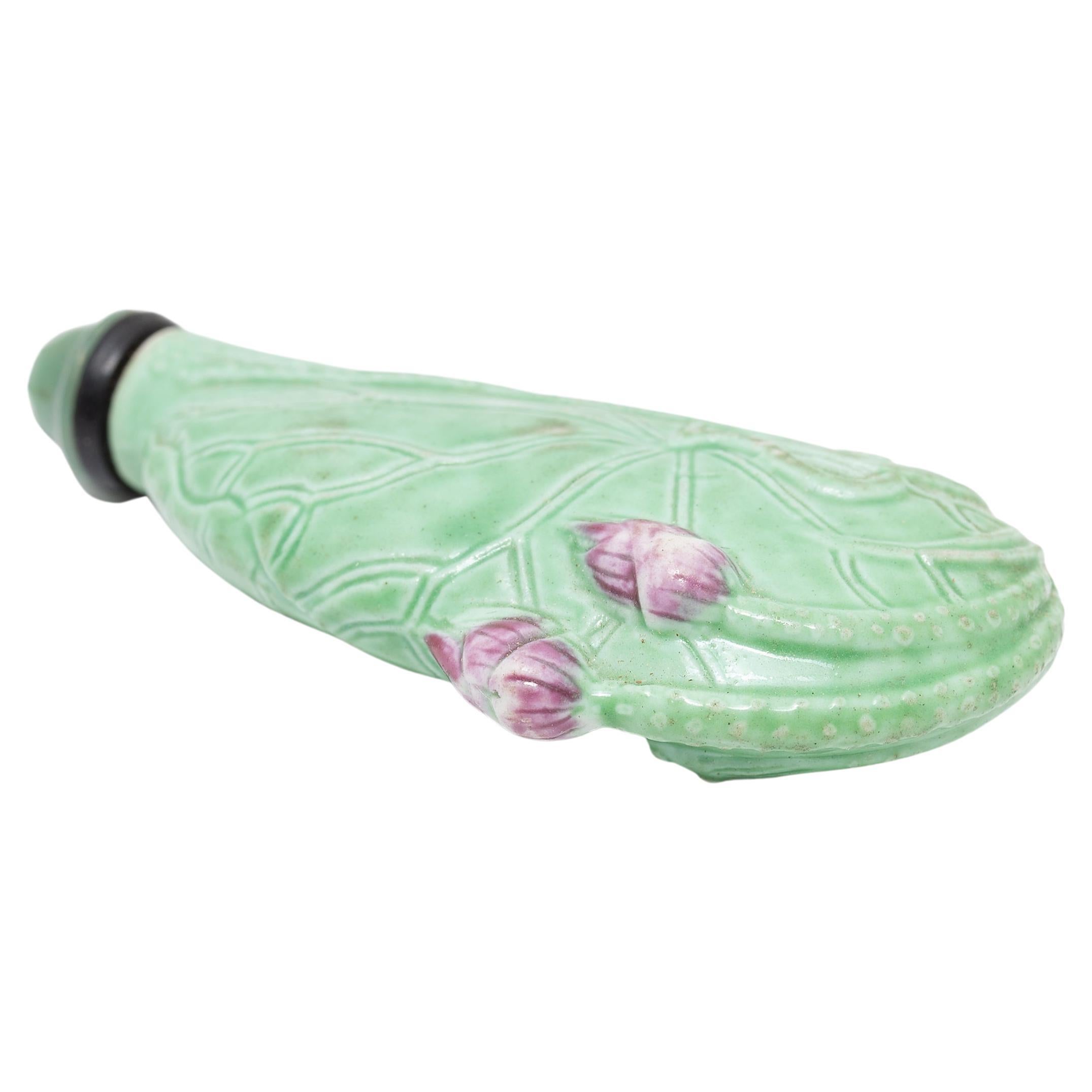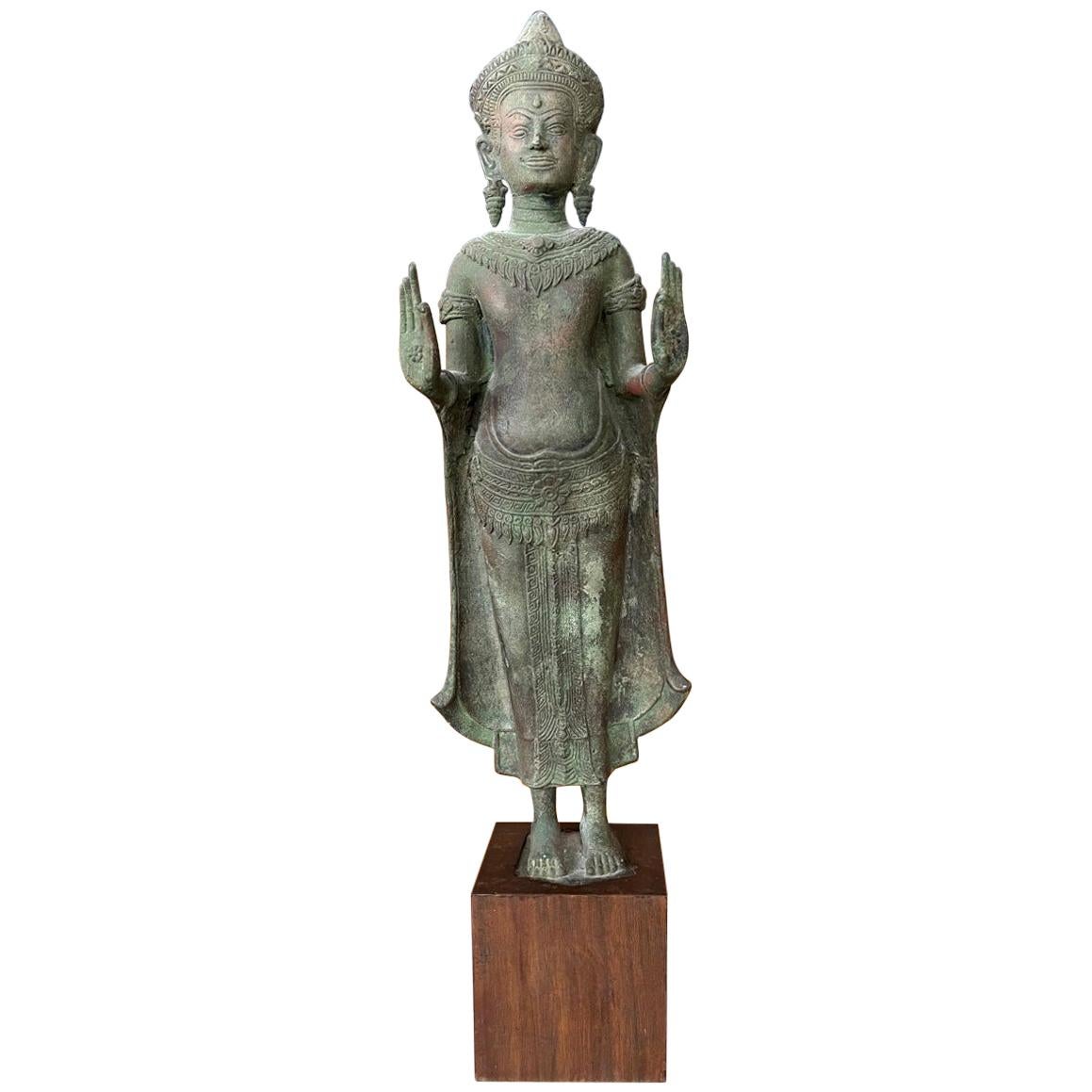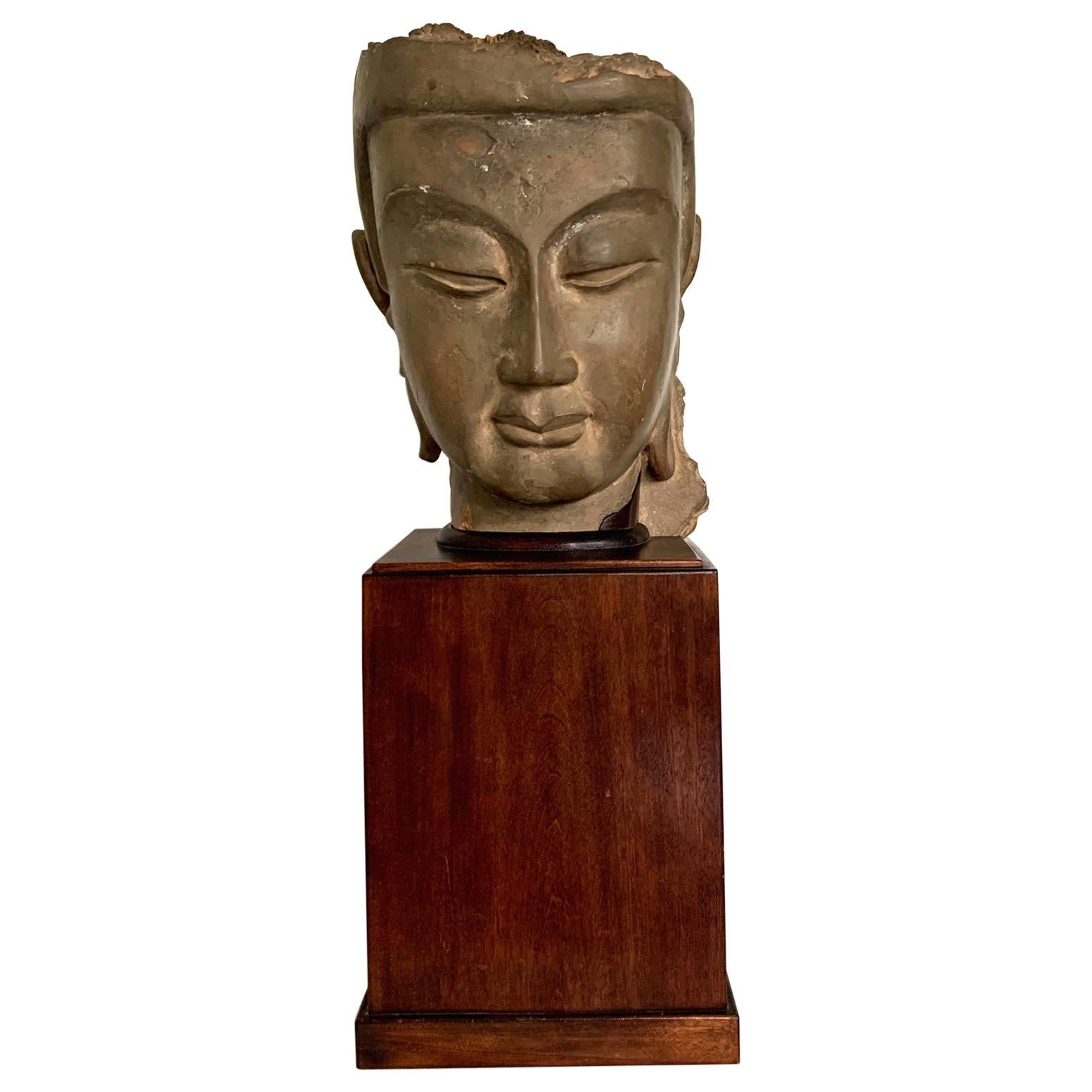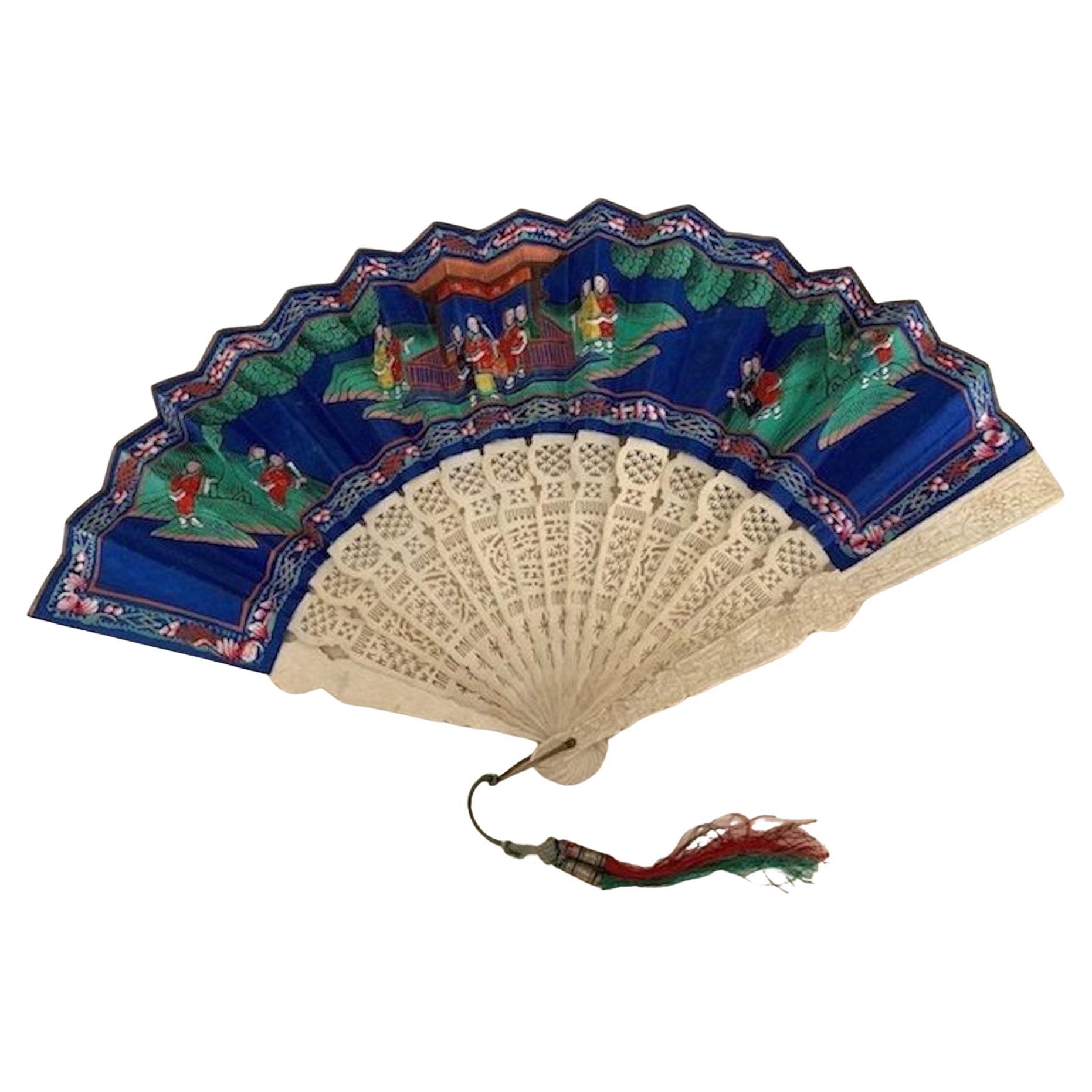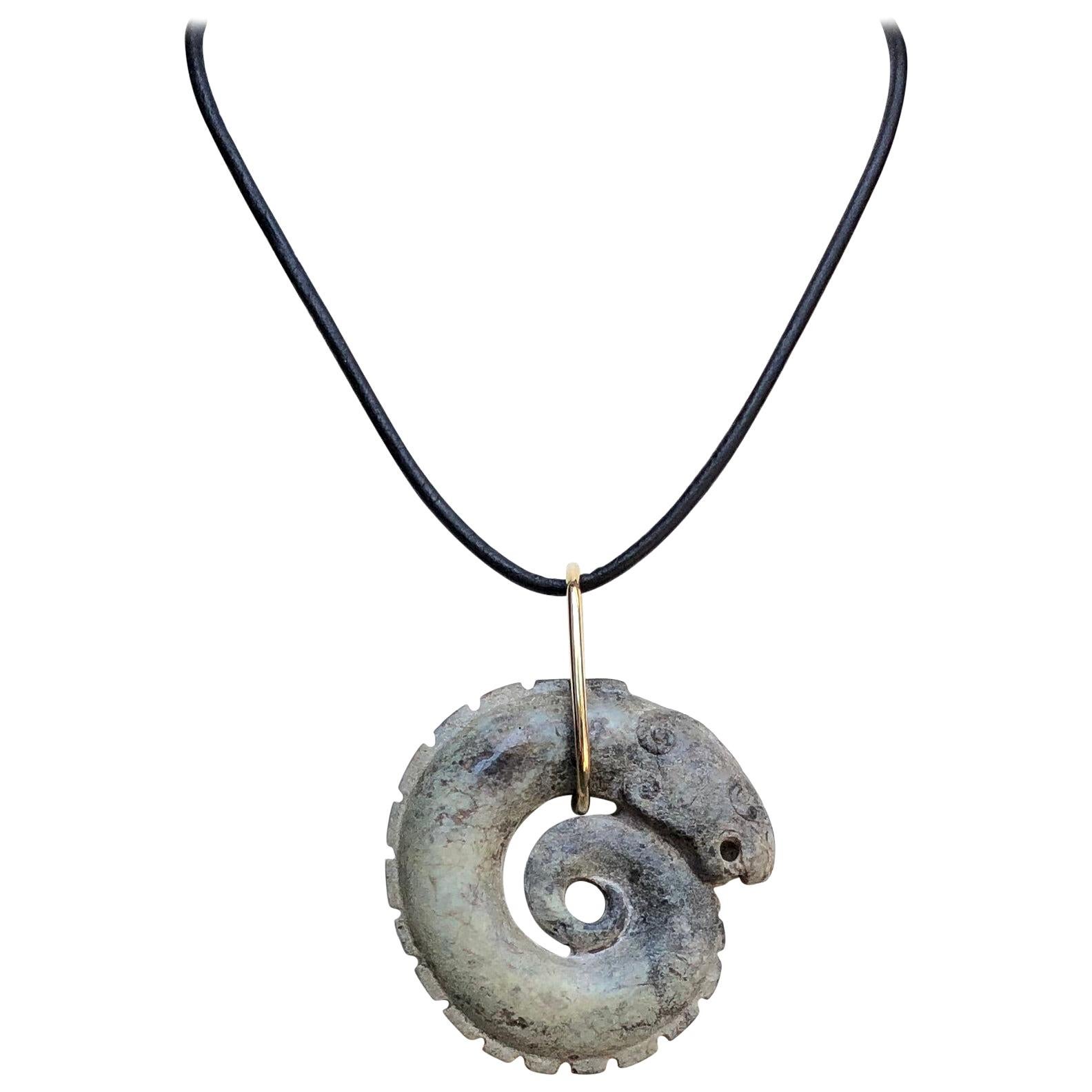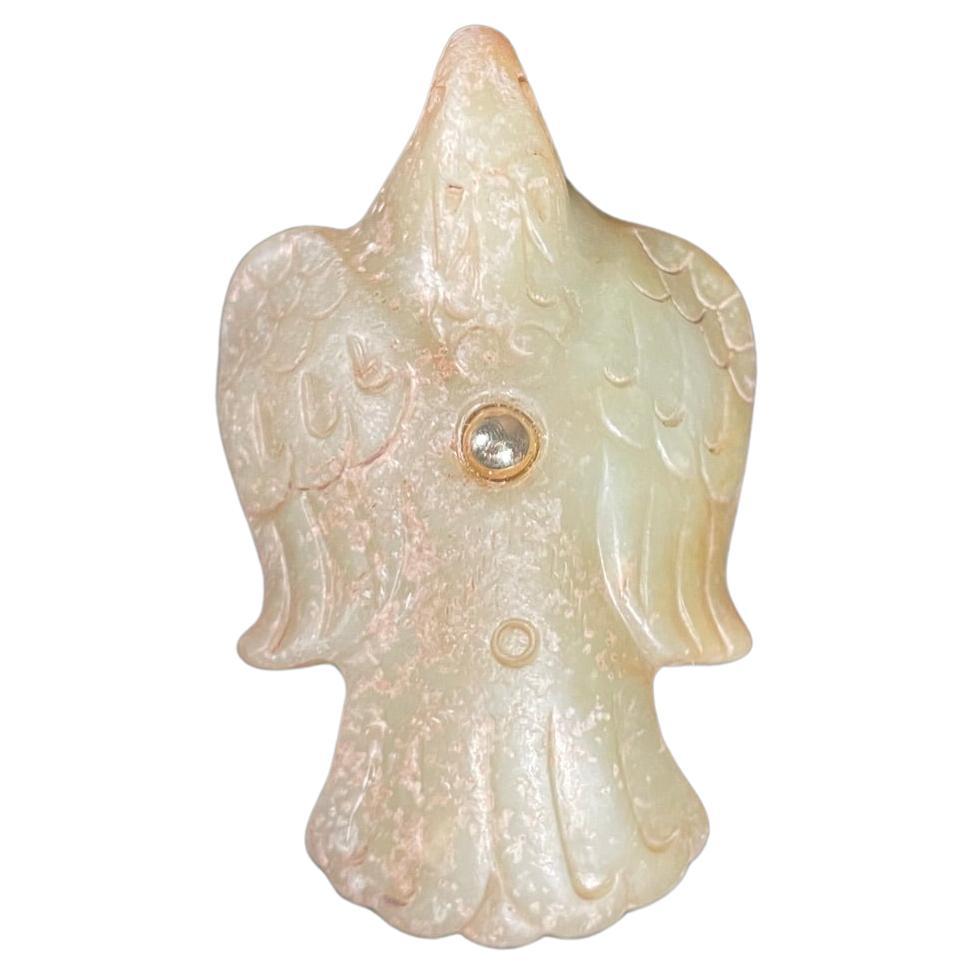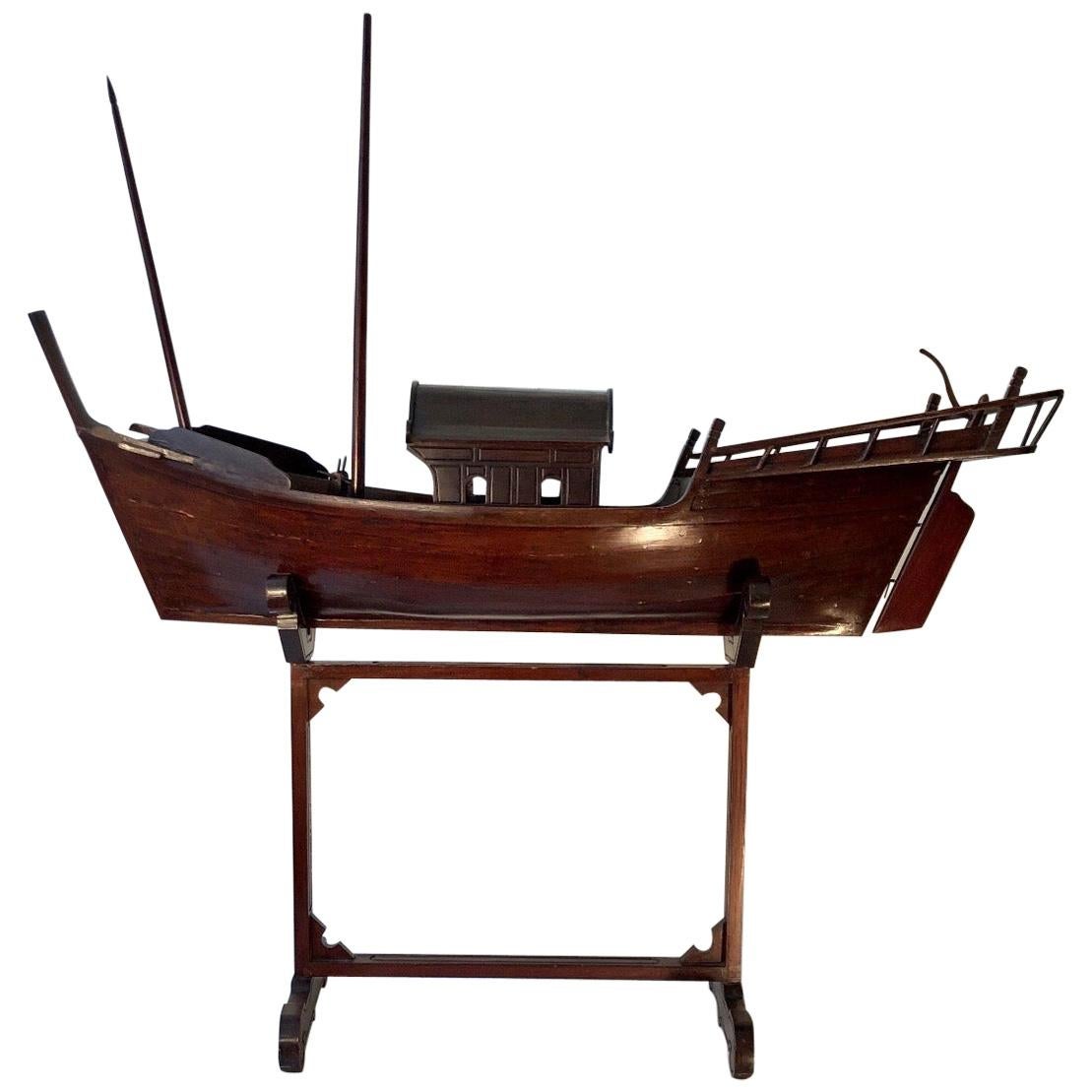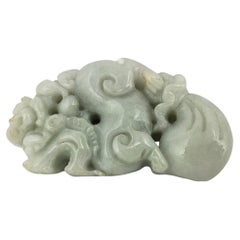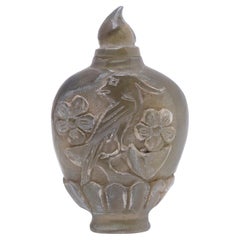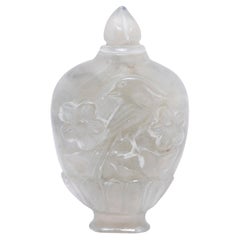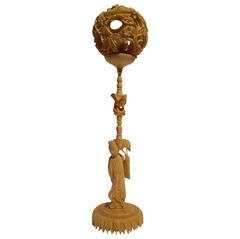
Contemporary "Canton Ball" from China
View Similar Items
1 of 9
Contemporary "Canton Ball" from China
About the Item
- Dimensions:Height: 10.63 in (27 cm)Diameter: 2.37 in (6 cm)
- Materials and Techniques:
- Place of Origin:
- Period:
- Date of Manufacture:Unknown
- Condition:Wear consistent with age and use. Minor structural damages.
- Seller Location:Genova, IT
- Reference Number:1stDibs: LU211136737053
You May Also Like
- Chinese Jade PendantLocated in Hamilton, OntarioNicely carved Jade pendant. Weight: 29.13 grams. Jewelry / Necklace.Category
Vintage 1970s Chinese Sculptures and Carvings
MaterialsJade
- Chinese Carved Stone Snuff BottleLocated in Chicago, ILA mixture of finely powdered tobacco, herbs, and spices, snuff was introduced to China in the 17th century by Western diplomats. Initially reserved for ranking members of Qing-dynast...Category
20th Century Chinese Qing Sculptures and Carvings
MaterialsStone
- Chinese Carved Stone Snuff BottleLocated in Chicago, ILA mixture of finely powdered tobacco, herbs, and spices, snuff was introduced to China in the 17th century by Western diplomats. Initially reserved for ranking members of Qing-dynast...Category
20th Century Chinese Qing Sculptures and Carvings
MaterialsStone
- Chinese Lotus Leaf Snuff Bottle, c. 1900Located in Chicago, ILA mixture of finely powdered tobacco, herbs, and spices, snuff was introduced to China in the 17th century by Western diplomats. Initially reserved for ranking members of Qing-dynast...Category
Early 20th Century Chinese Qing Sculptures and Carvings
MaterialsPorcelain
- Chinese Charm Token Shoe with Compartment, c. 1850Located in Chicago, ILOriginally tucked in a pocket as a charm, this tiny shoe was kept close at hand as a talisman for marital happiness. Meticulously carved from wood, the shoe is decorated with a double happiness symbol, the traditional symbol for conjugal bliss. A lovely Valentine’s Day or anniversary gift, the charm has a compartment ready to be filled with a note or small gift...Category
Antique Mid-19th Century Chinese Qing Sculptures and Carvings
MaterialsPine
- Antique Lopburi Buddha Statue from ThailandLocated in Atlanta, GAThe Buddha statue was made from a copper alloy in a standing position with hands in double Abhaya mudra. This mudra symbolizes the act of dispelling fear in the face of adversity. In Laos and Thailand where this mudra are used as one of the most iconic gestures, with its origin was pre-Buddhism era, when it was a symbol of good intentions and friendship when approaching strangers. In contrast to Indian iconography, it was often shown with both hands raised to the level of the shoulder in Southeast Asia. The statue was made in the classic Lopburi style, which historically was heavily influenced by Khmer art...Category
Antique Late 18th Century Thai Other Sculptures and Carvings
MaterialsMetal




